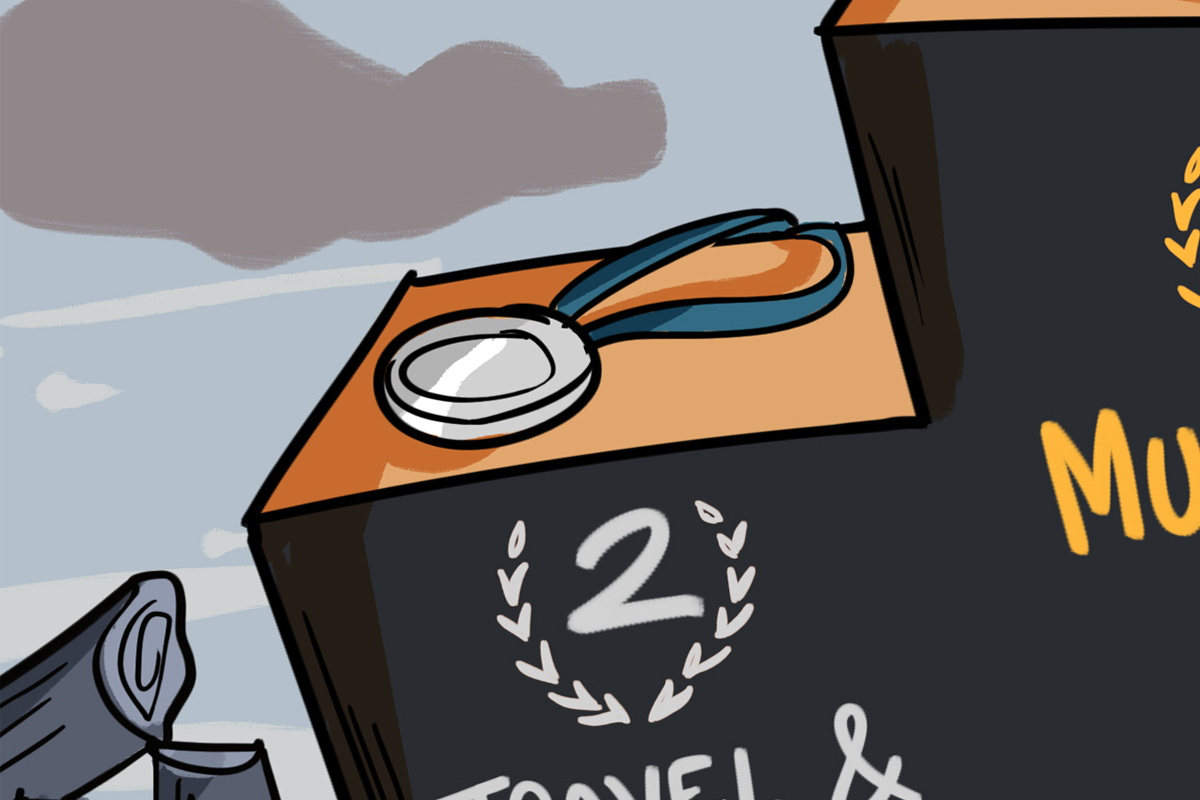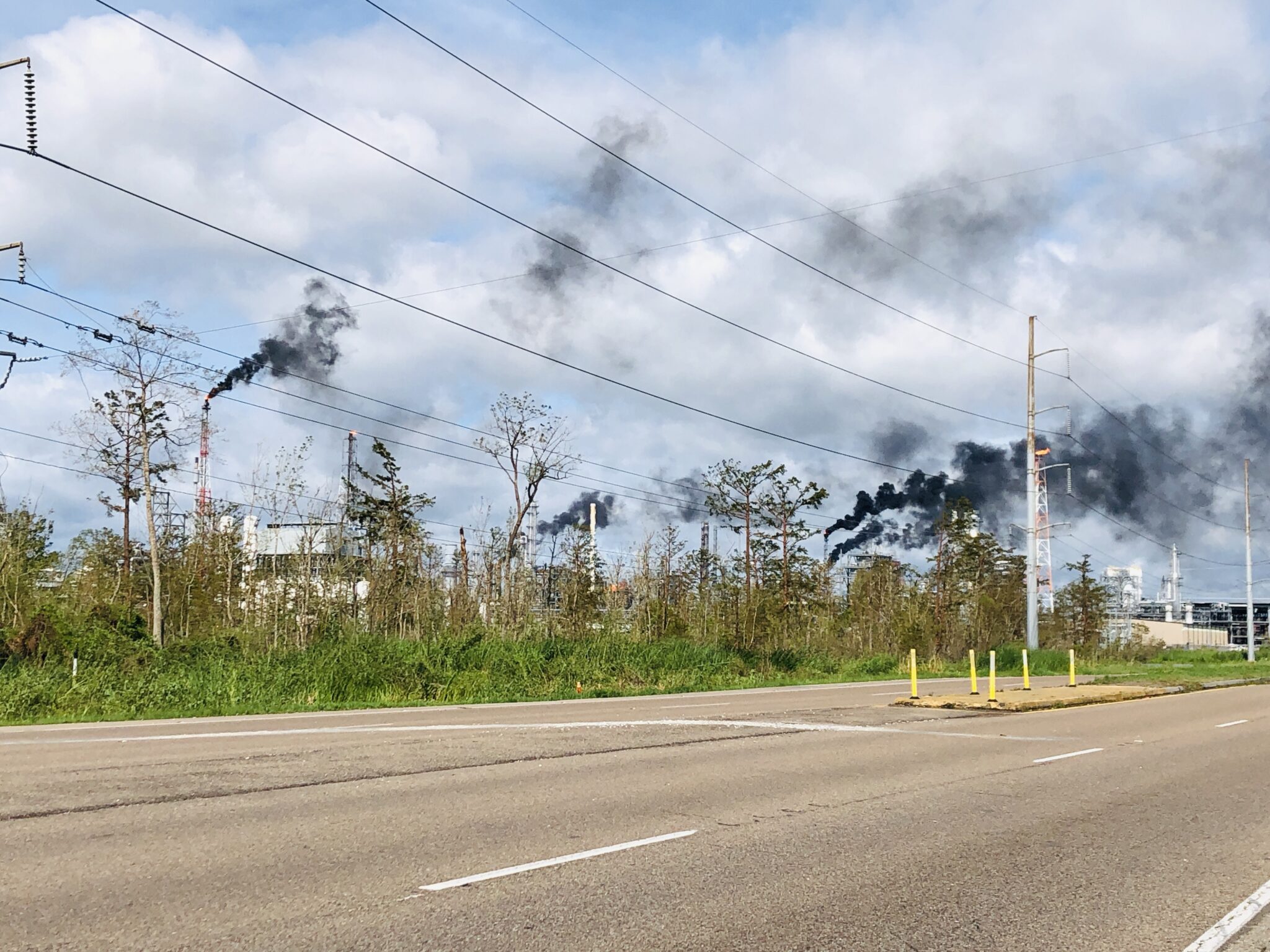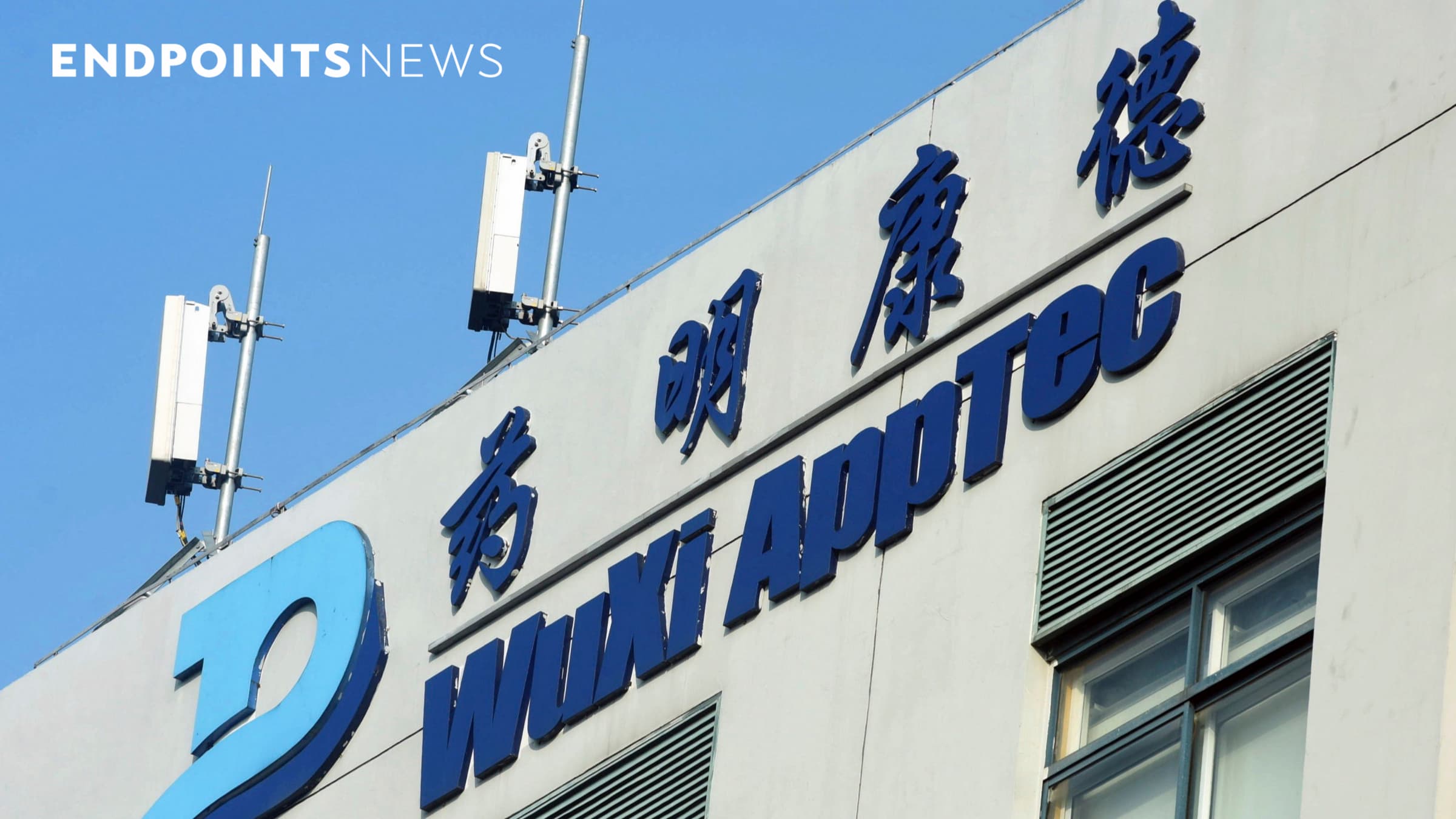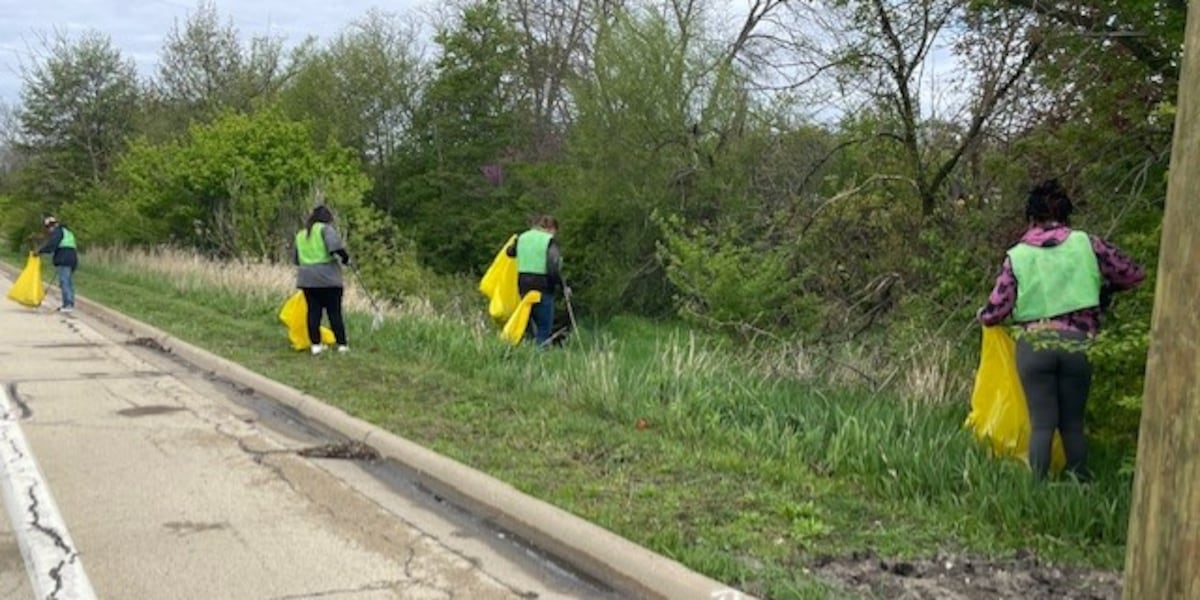Green Demining: Turning Dangerous Landscapes into Safe, Sustainable Spaces
Environment
2025-04-04 10:22:14Content
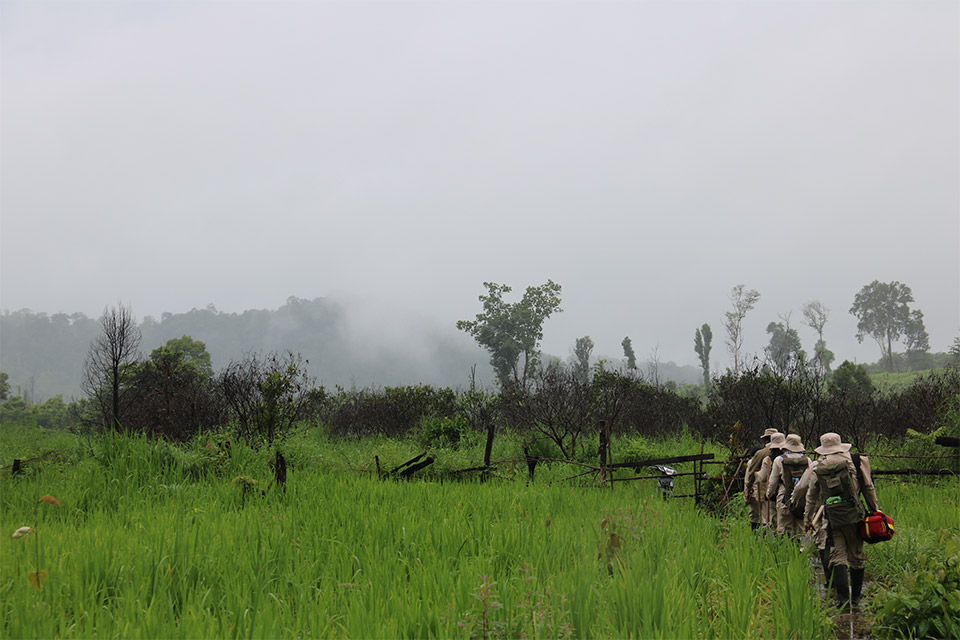
Introducing the Green Field Tool: Revolutionizing Environmental Sustainability in Mine Action
In the critical field of humanitarian demining, our innovative Green Field Tool is setting a new standard for environmental responsibility. This groundbreaking solution empowers mine action organizations to dramatically reduce their ecological impact while simultaneously supporting and protecting vulnerable communities affected by landmine contamination.
By combining cutting-edge technology with a deep commitment to environmental stewardship, the Green Field Tool provides demining teams with a comprehensive approach to minimizing their environmental footprint. Our tool goes beyond traditional demining methods, ensuring that land clearance not only removes dangerous explosives but also preserves and respects the natural ecosystem.
Designed with precision and care, the Green Field Tool represents a significant leap forward in humanitarian mine clearance. It enables organizations to work more efficiently, sustainably, and conscientiously, transforming dangerous landscapes into safe, recoverable spaces for local communities.
With this innovative solution, we're not just clearing mines—we're restoring hope, protecting environments, and creating pathways for sustainable development in regions most impacted by conflict.
Revolutionizing Mine Clearance: The Green Field Tool's Environmental Breakthrough
In the complex landscape of humanitarian demining, a groundbreaking innovation emerges that promises to transform how we approach land clearance while simultaneously protecting both human lives and environmental ecosystems. The intersection of technological advancement and environmental consciousness has given birth to a remarkable solution that challenges traditional mine action methodologies.Empowering Communities, Preserving Environments: A Sustainable Approach to Demining
The Environmental Challenge in Mine Action
Demining operations have historically been resource-intensive processes that often inadvertently cause significant environmental disruption. Traditional clearance methods frequently involve heavy machinery, chemical treatments, and invasive techniques that can compromise local ecological systems. The delicate balance between human safety and environmental preservation has long been a critical challenge for humanitarian organizations working in post-conflict regions. The environmental footprint of demining activities extends far beyond immediate land clearance. Soil compaction, vegetation destruction, and potential chemical contamination can create long-lasting ecological consequences that impact local communities' sustainable development. These challenges demand innovative approaches that integrate technological precision with environmental sensitivity.Technological Innovation in Humanitarian Demining
The Green Field Tool represents a paradigm shift in mine action strategies, leveraging cutting-edge technologies to minimize environmental impact while maximizing operational efficiency. By incorporating advanced geospatial mapping, machine learning algorithms, and precision detection systems, this revolutionary tool enables demining teams to conduct more targeted and less invasive clearance operations. Advanced sensor technologies integrated into the Green Field Tool allow for unprecedented accuracy in identifying potential explosive remnants. These sophisticated systems can detect metallic and non-metallic objects with remarkable precision, reducing the need for extensive ground disturbance. The tool's intelligent algorithms analyze terrain characteristics, historical conflict data, and environmental conditions to create comprehensive risk assessment models.Community-Centric Sustainable Development
Beyond technological innovation, the Green Field Tool embodies a holistic approach to humanitarian demining that prioritizes local community engagement and sustainable development. By minimizing environmental disruption, the tool helps preserve agricultural potential, protect biodiversity, and support long-term economic recovery in conflict-affected regions. Local communities become active participants in the demining process, receiving training and employment opportunities that extend beyond immediate clearance activities. The tool's design incorporates indigenous knowledge and local environmental understanding, creating a collaborative framework that respects cultural contexts and ecological nuances.Global Impact and Future Perspectives
The potential global implications of the Green Field Tool extend far beyond individual clearance projects. By demonstrating a replicable model of environmentally conscious mine action, this innovation sets new standards for humanitarian interventions worldwide. International organizations, governmental agencies, and non-profit entities are increasingly recognizing the importance of integrated, sustainable approaches to post-conflict recovery. Emerging research suggests that environmentally sensitive demining techniques can accelerate regional rehabilitation, enhance biodiversity restoration, and create economic opportunities for affected communities. The Green Field Tool represents a critical step towards a more holistic, compassionate approach to addressing the complex challenges of land clearance in post-conflict environments.RELATED NEWS
Environment
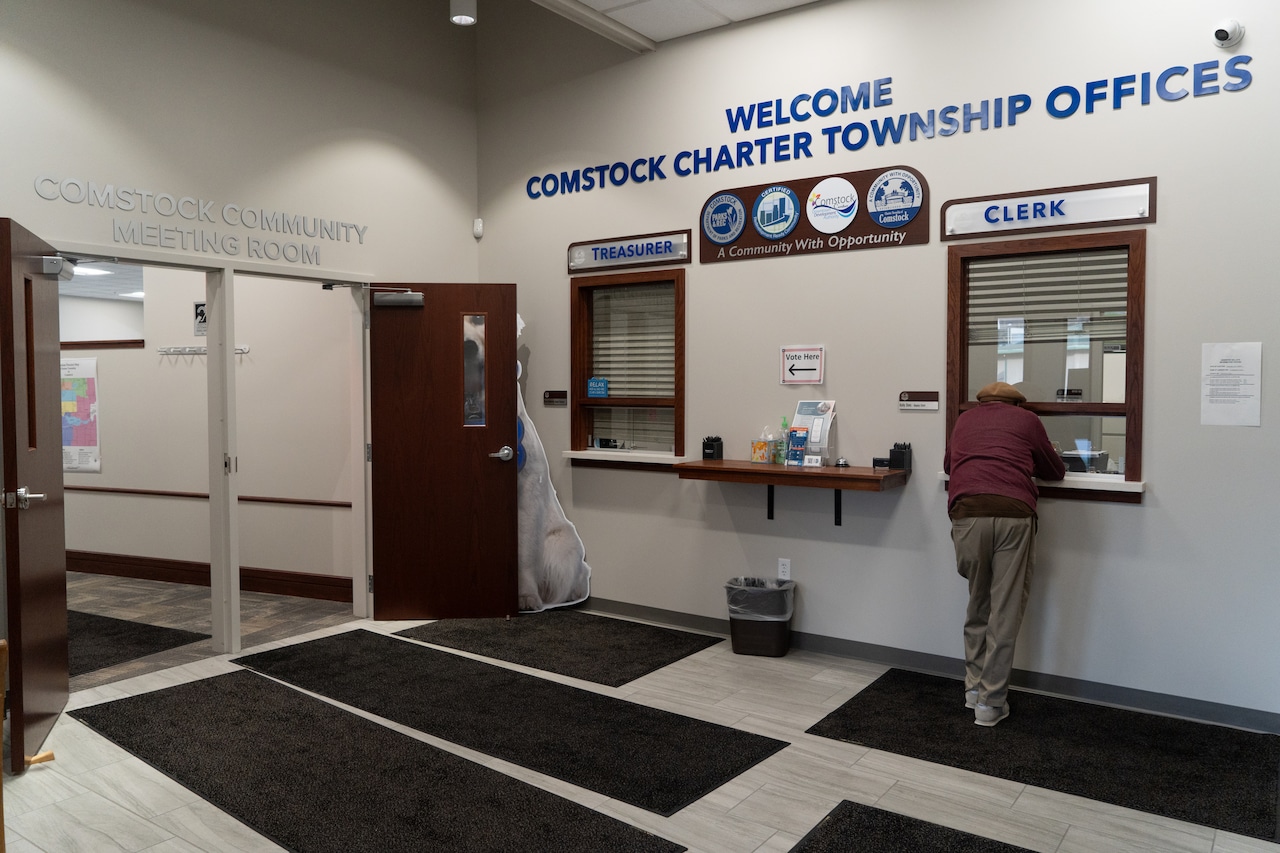
Tension Erupts: Comstock Confronts Board Member Amid Toxic Workplace Claims
2025-04-28 16:57:56
Environment

Green Wave in St. Paul: Minnesota House Advances Landmark Environmental Legislation
2025-05-06 15:03:44
Environment
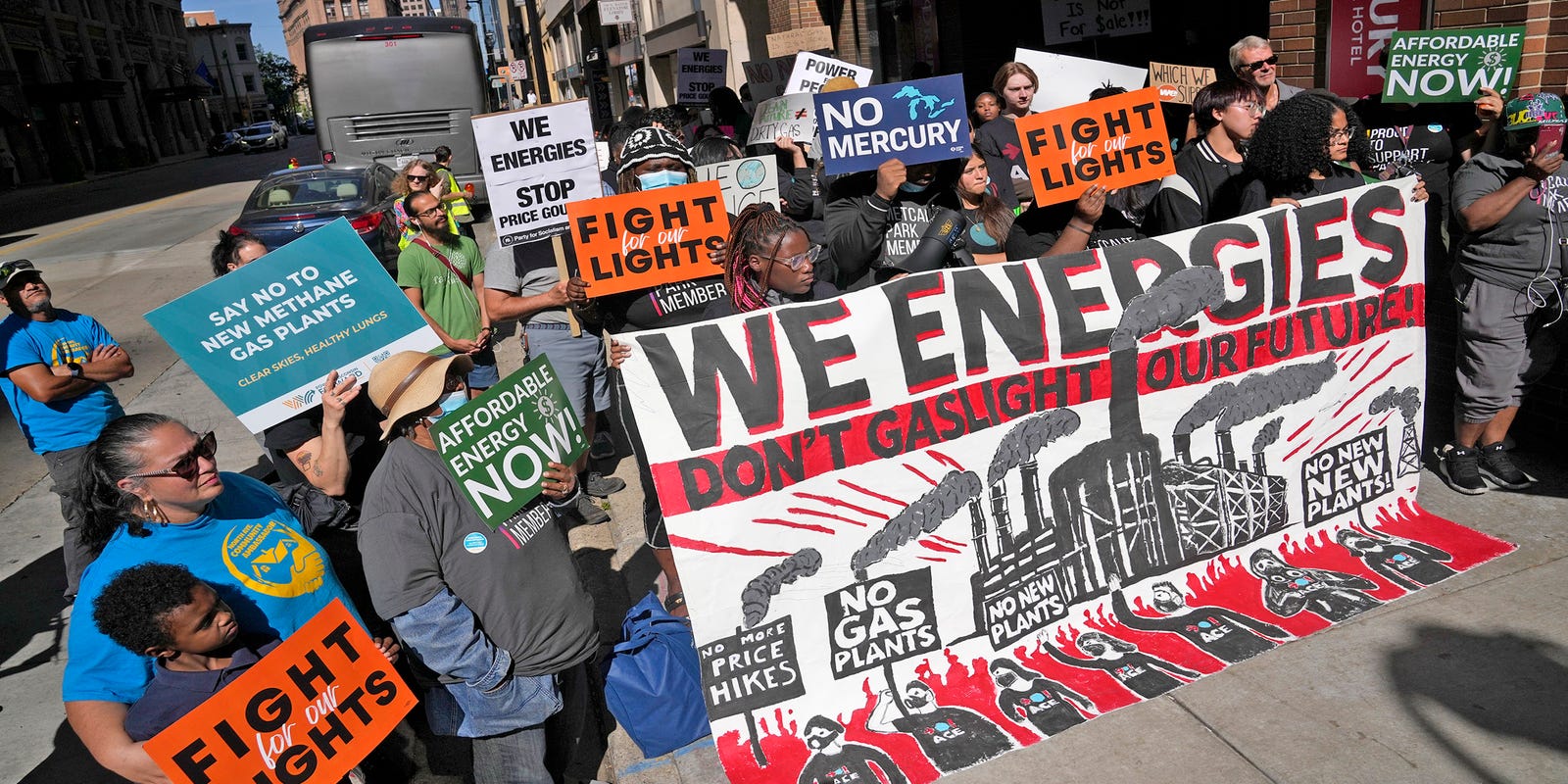
Toxic Emissions Alarm: We Energies Plant Sparks Health and Environmental Crisis in Kenosha County
2025-02-28 11:01:49
